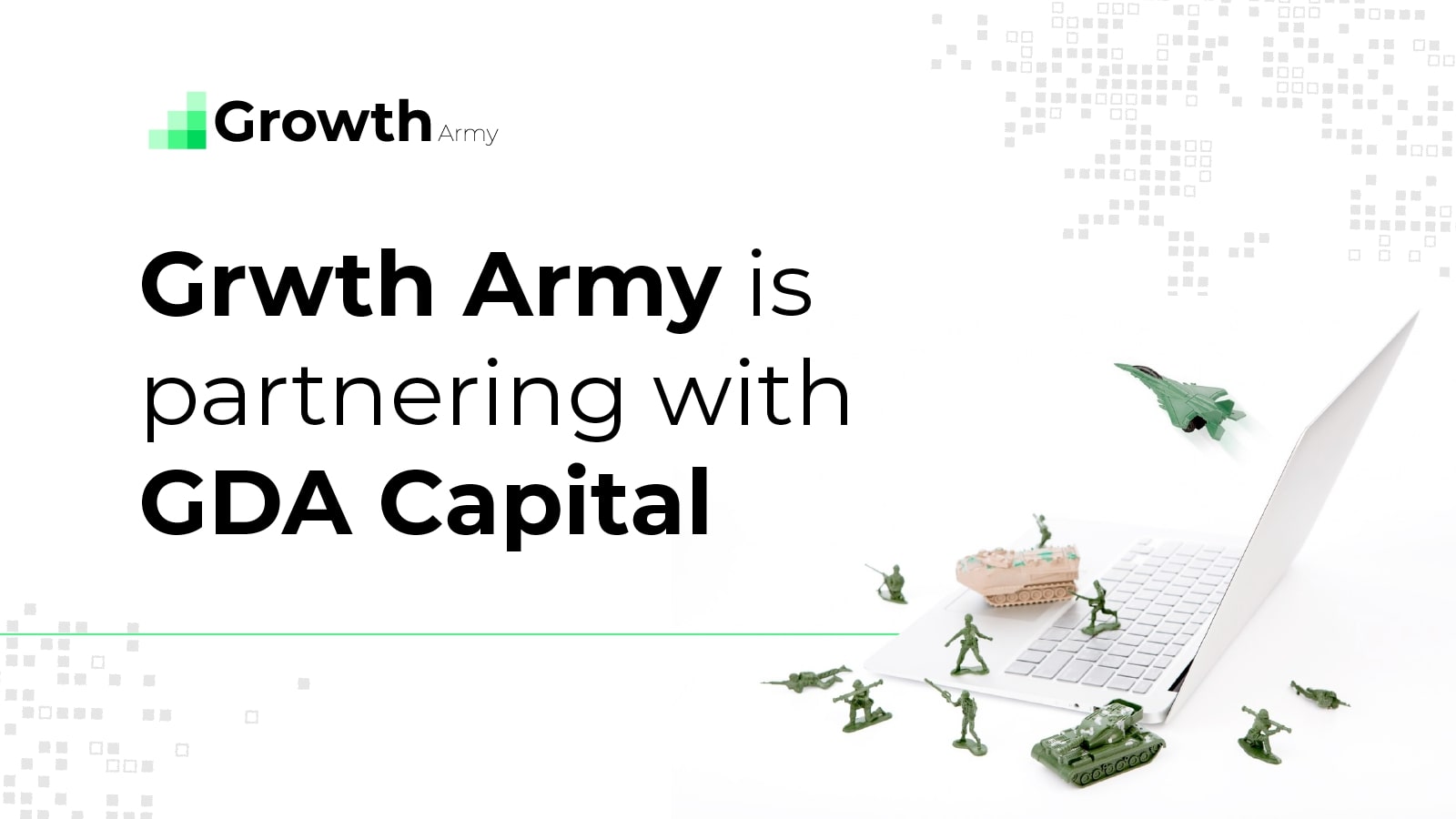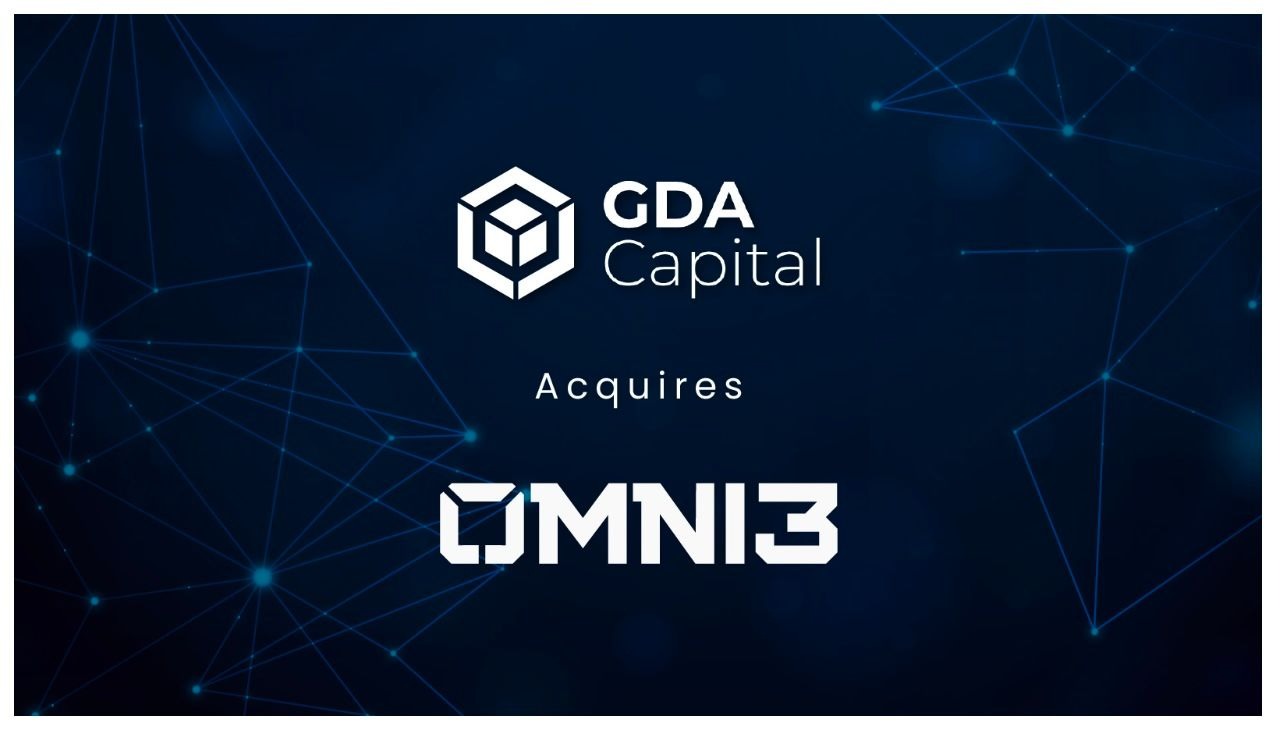There’s plenty of talk about decentralized finance (DeFi) and the disruption of financial services across the world. However, much of the conversation focuses on the mechanics of buying, selling, trading and deriving value from digital assets. This conversation misses an important aspect of the equation – real world data.
This week’s token – Chainlink – was designed to plug this gap and connect the emerging decentralized world with real-world public data. Here’s a closer look at how it works and what it could do. But first, let’s brush up on a few basics.
Smart contracts
All DeFi platforms are based on smart contracts – programs on the blockchain that execute automatically. These smart contracts allow users to buy, sell, trade, hold in reserve and track digital assets. A plethora of new smart contracts have helped create unique applications across the crypto world.
However, these contracts have one major drawback. They can only interact with data that lives on their network. So a smart contract can easily execute based on information on its blockchain (say, Ethereum) but can’t interact with data published by the U.S. Federal Reserve or the Brazilian government on the web. Data about crop yields, unemployment, rental vacancies and online travel bookings simply can’t be used with existing smart contracts.
San Francisco-based tech entrepreneur Sergey Nazarov defined this as the “Smart Contract Connectivity Problem.” In 2017, he decided to solve this issue by creating his own blockchain network – Chainlink.
Chainlink’s solution
Nazarov called Chainlink “tamper-proof blockchain middleware.” In other words, it serves a bridge between real-world web data and blockchain-based data or smart contracts. Part of Chainlink’s implementation runs on-chain and part off-chain. The off-chain part relies on regular APIs to derive data from the web. The on-chain part transmits that data to smart contracts on the blockchain.
This means developers can create a smart contract that’s based on transaction data published by PayPal or weather forecasts published by national environmental agencies, for example.
After raising funds in 2017, the Chainlink team has progressed the platform enough to make it suitable for a number of enterprise applications. In 2019, Google integrated Chainlink with its data analytics platform BigQuery. In 2020, the Associated Press leveraged the platform to post voting data for the 2020 Presidential Election to Everipedia.
These projects could have proved Chainlink’s utility as a key component of the decentralized web. As the platform matures, the token could support more applications of this nature.
Final thoughts
The amount of data on the traditional and emerging decentralized web is exploding. However, these two spheres of data live in silos because DeFi applications and blockchains can’t interact with the data published on the regular web. Chainlink solves this by striking a balance between on-chain and off-chain data aggregation.
Early projects built on the platform are promising. If the technology lives up to its potential, the world of decentralized apps (dApps) and smart contracts could be greatly enriched.



